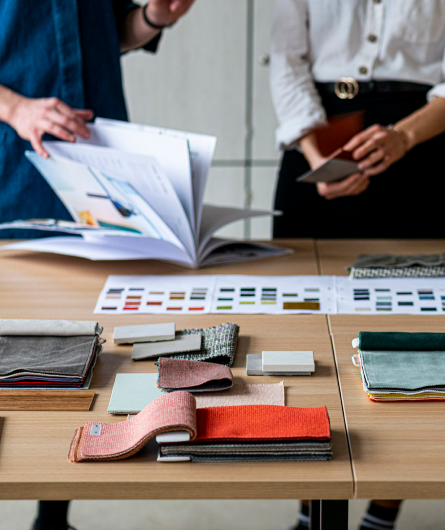
Are You Responding to a Rise in The Gig Economy?
Tradition is being replaced by modern alternatives in all aspects of life, but did you know a new concept of working is emerging? The ‘Flex Economy’ or the ‘Gig Economy’ is currently one of the biggest worldwide trends taking over workplaces and affecting the way they are staffed. There are now less permanent members of staff who work full time, or for one single company, and less workers who are permanently located at one office.
What does this mean? In short, workers are now coming into an office to work on a single project, and then moving onto the next company for a different project. It means that working life is now much more transitory; people are being hired for a finite period of time, at various different companies. It’s a trend that’s growing year on year. In 2015, the average business’ workforce consisted of 20 per cent contingent workers and 54 per cent traditional, full-time employees. The other 26 per cent were classed as remote or part-time workers. HR technology company, Fieldglass, predicts that by 2017, the number of temporary members of staff will grow to 25 per cent, with the number of traditional workers dropping to just 41 per cent. Figures from Deloitte support this too, finding that more than 7 out of 10 executives and HR leaders ranked the gig economy trend as either ‘important’ or ‘very important’: it is clearly a trend that shows no signs of coming to a halt any time soon.
How does this affect your office? Due to the gig economy, the challenge for businesses is to harness this temporary workforce and manage their talent effectively, even though many of their staff are not, strictly speaking, their own employees. Businesses also need to ensure that these transitory workers can integrate with their permanent members of staff, which, despite the rise of the gig economy, are still the majority at companies across the globe. The office design plays an incredibly important role in harnessing creativity, proactivity, and engagement, even when people are working there for a short period of time.
How can you ensure your office responds to the trend? Due to the nature of projects being heavily teamwork based, offices need to create spaces that bring people together in order to encourage collaboration and creativity. As mentioned, companies also need to ensure that they can integrate temporary workers into their office, creating a harmonious relationship with their permanent members of staff. This can be achieved by ensuring an emphasis is placed on teamwork. Our Railway Carriage offers a collaborative space, which can be used as a quiet focus area or utilised as a more relaxed, yet productive, working space. Creating a balance between work and home is also important when managing staff who are used to working freelance and not based in offices permanently. This balance can easily be created with our Zee Bench desk , pairing the comfort and fun aspects of working from home, whilst ensuring vital office-based productivity elements are retained. For even more comfort, the October High from our October collection of armchairs and sofas could be included in your office design, for a high quality workspace that offers ultimate comfort at the same time.
How important is the gig economy? With figures from Deloitte showing that more than one in three US workers are freelancers - with that number expected to rise to 40 per cent in just four years’ time – it is clear that the gig economy is an ever-growing trend, and one to be embraced. It is important for your business, and your office design, to adapt to this trend and to reflect the needs of not just your permanent workforce, but also the transitory freelance staff who come into your office. Including your workers in the thought-process for the design of your office will lead to increased productivity, and everyone feeling welcome and at home – no matter how long their stay. Want to find out more of how you can adapt your workspace to stay in tune with this trend? We'd love to collaborate on your project, just click here to get in touch.
